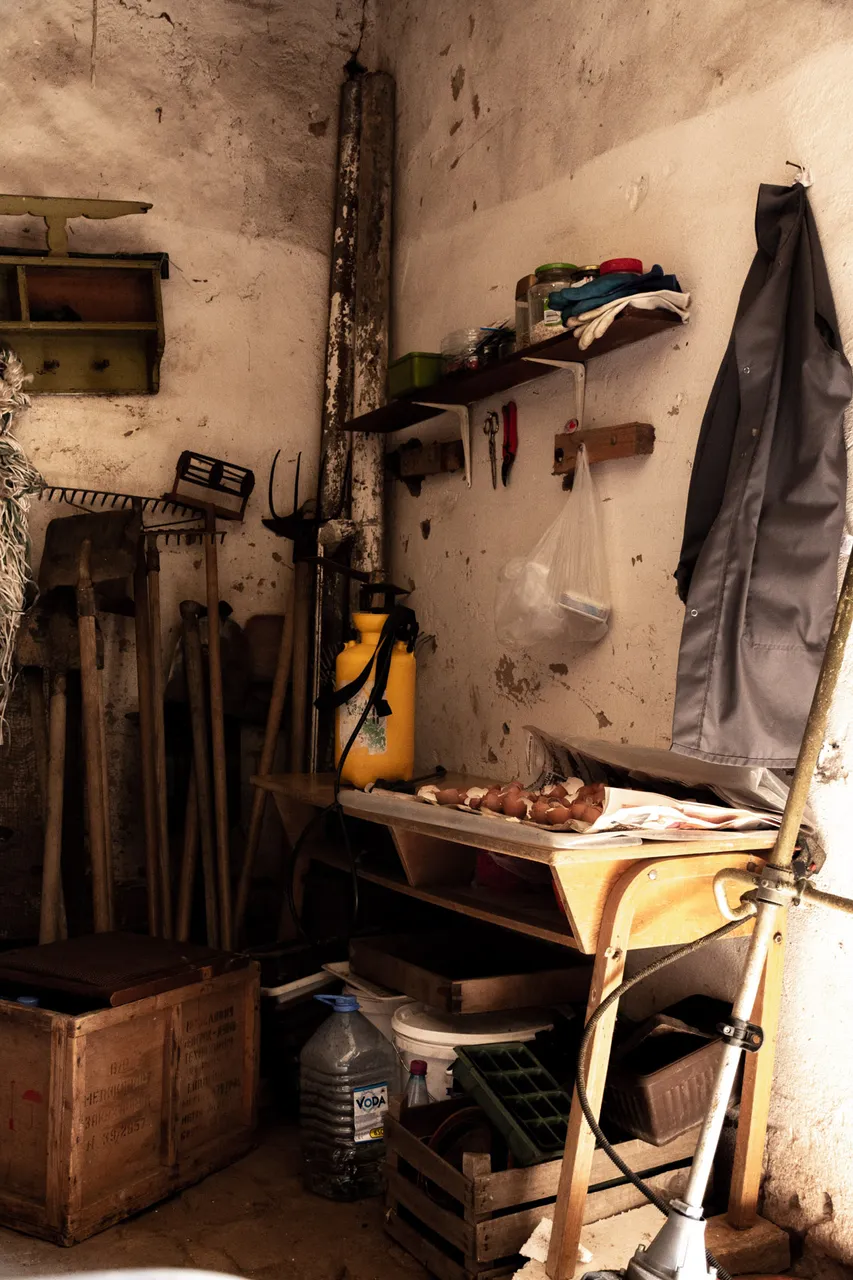
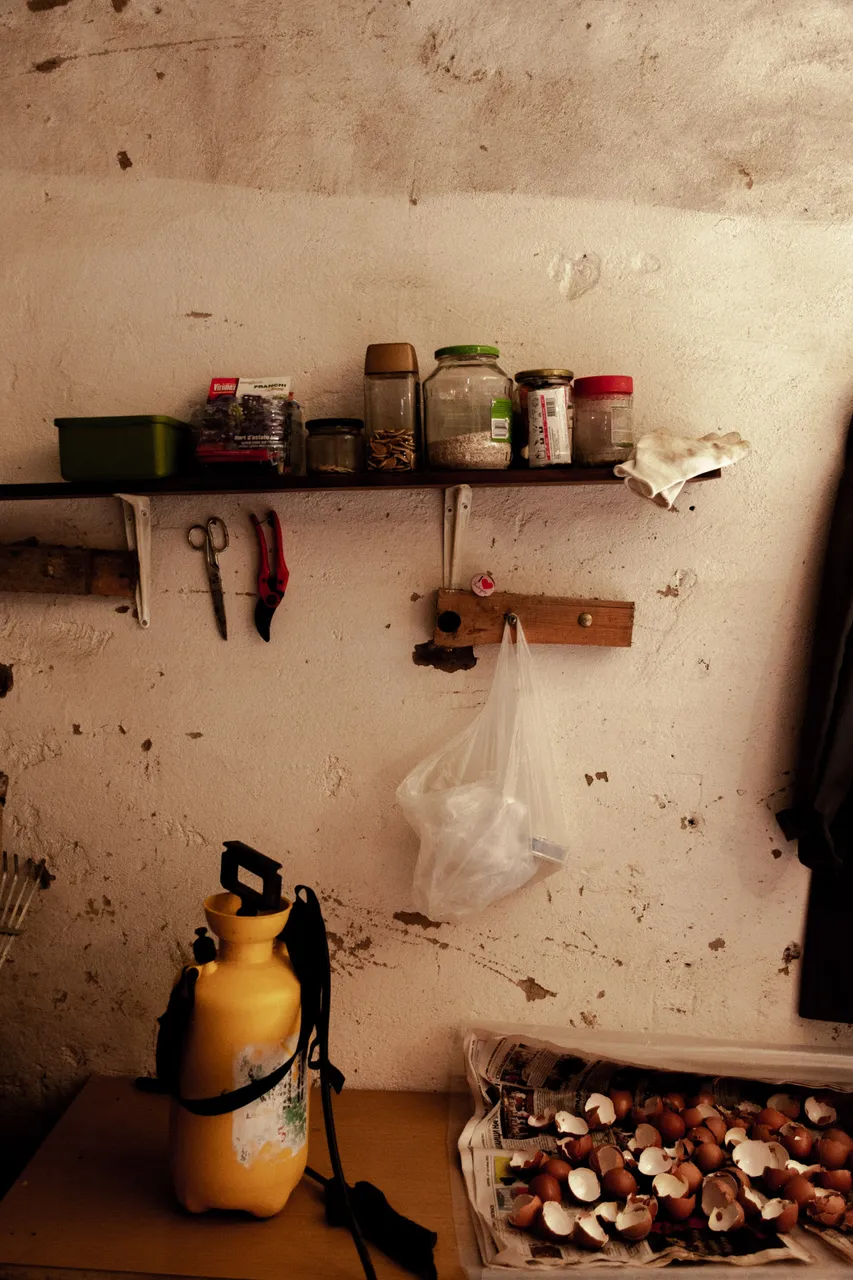
To be or not to be, and where to start from with this post.
Hmm, let's try with lately changes I've made along with first spring days.
As you can see, all of our digging tools [and other things] are in the very corner of our shed. After I tossed everything out, checked out, and cleaned it of dust, I decided to create a spot for myself where I can continue to do gardening work even when the weather outside doesn't seem cooperating. Crate with a soft cushion for my valuable a..s on which I will relax and work simultaneously, a table, drying eggshells, and a sloppy shelf on which the seeds for the next season will be kept in the future.
Under the table are ashes and a bucket of rotten leaves, which has now been used greatly as I made the first raising bed in the meantime [I'm not sure why I keep mixing it with the bag].
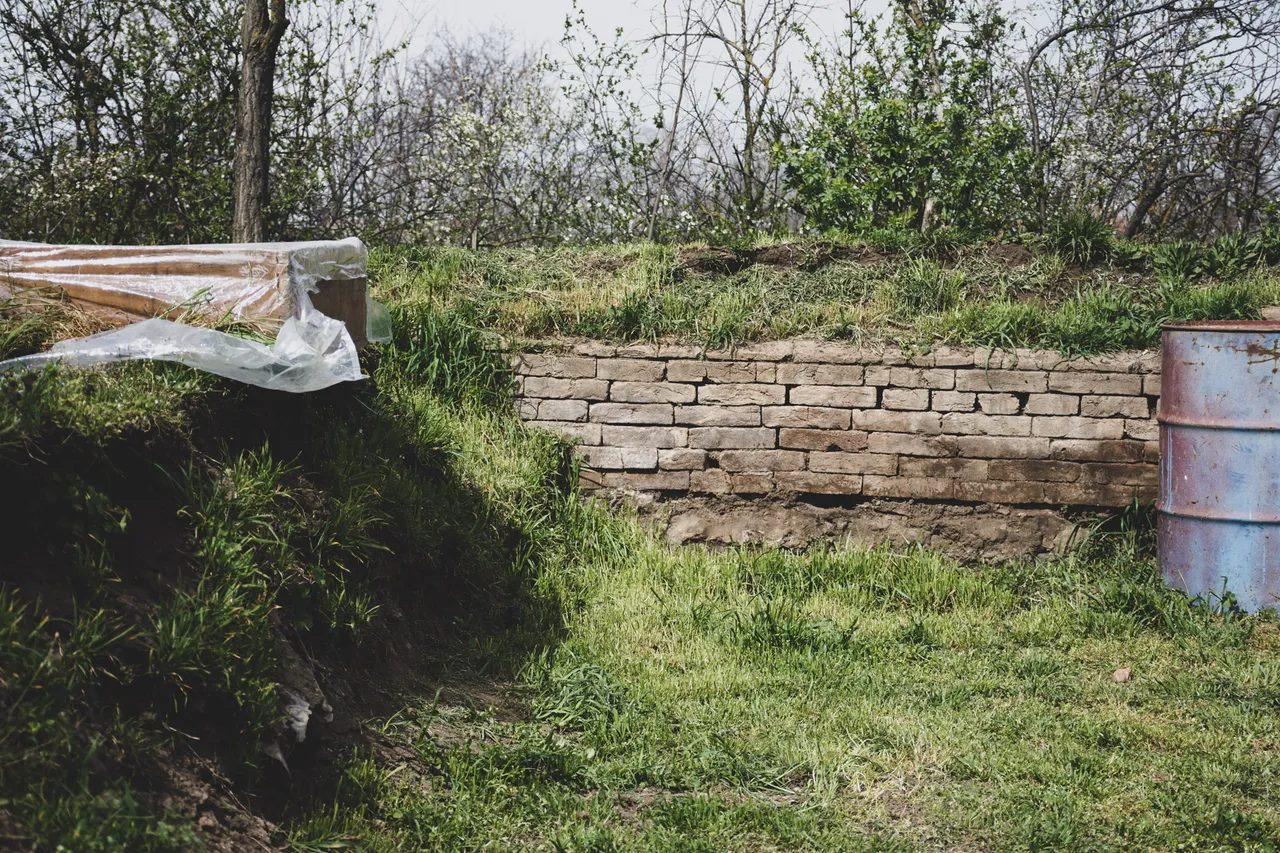
Here I planted more lettuces and chives, which are foods that we will use almost every day, and that is why I brought them closer to the house; after all, I plan to turn this entire buried part [which is in a P shape] into a place for raising beds that will be small greenhouses used for seedlings during the winter, and a small additional garden during spring and beautiful days.
They will be placed higher, so at the same time I will spare the spine from excessive bending.
[familiar with vacuum bags for storing clothes? When split, they can be perfect as a replacement for a standard nylon greenhouse.]
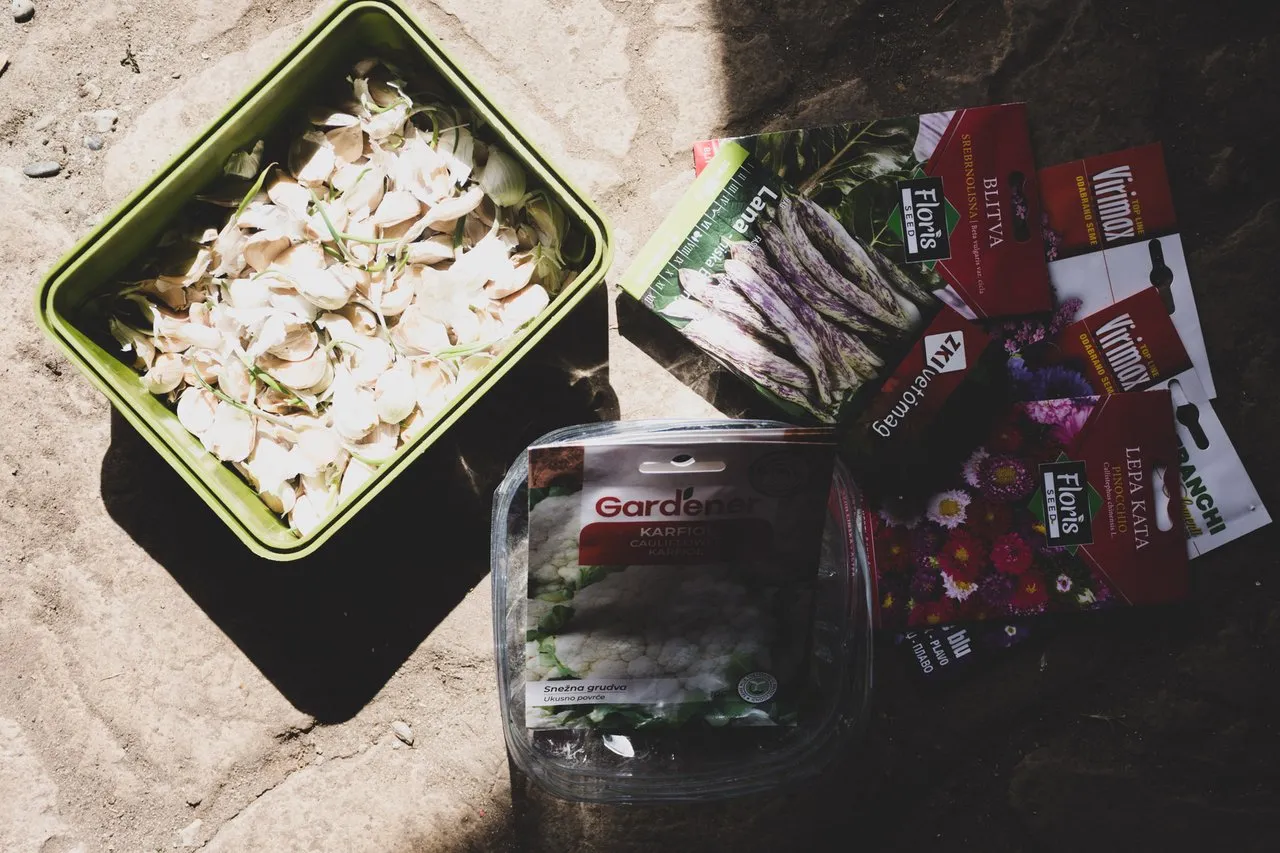
This is a "list" of what's left for planting, among the bags there are also flowers for which I'm still looking for THAT place, some are perennial, and are most of them annual. Green beans will wait until the middle of April, just when the holidays are over and after we recharge our batteries.
These days we don't have too much to do in the garden, except that a few days ago we were surprised by a severe cold, we even had a couple of snow flurries [which worried me quite a bit, because the fruit just started blooming], fingers crossed nothing is damaged.
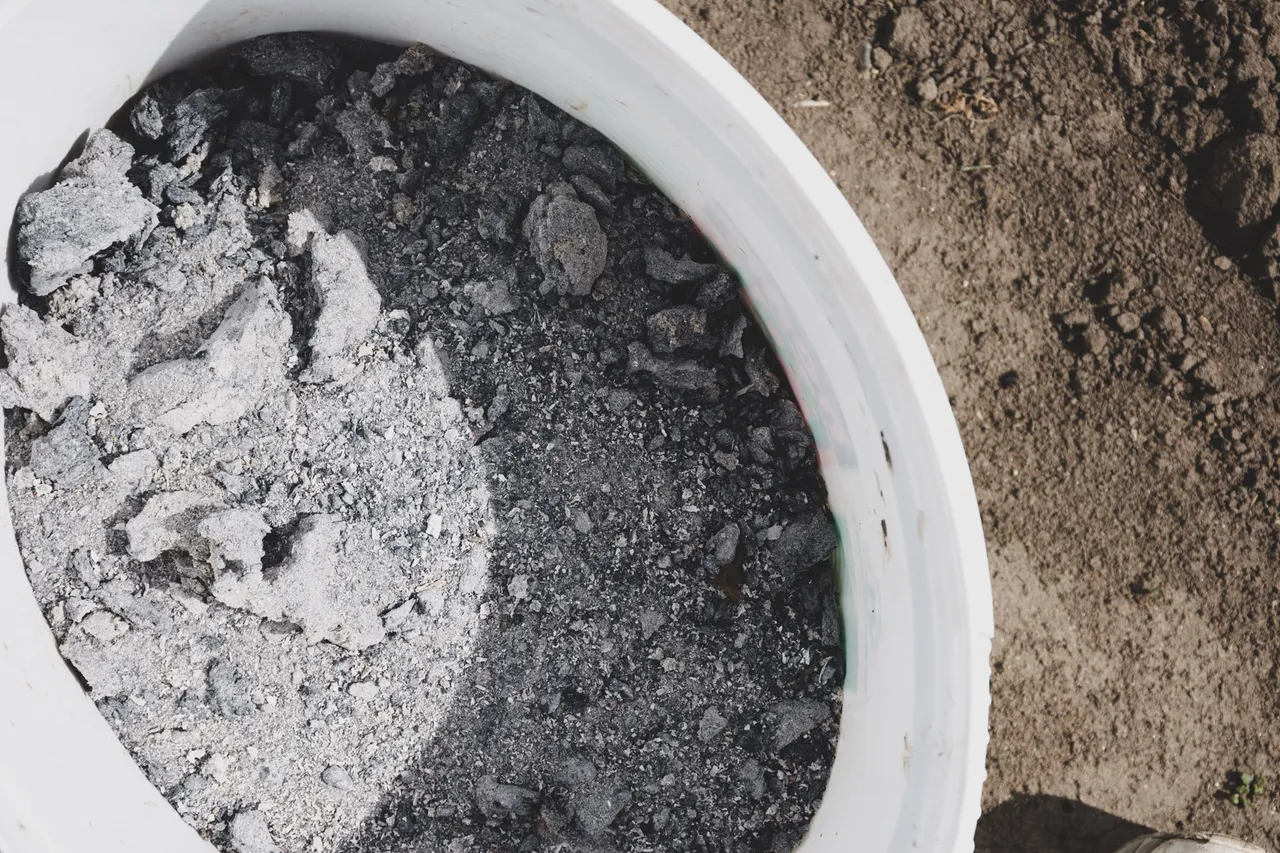
Fairy dust is strikes again
Although there is almost nothing wrong with the onion and it has endured too many temperature changes, I noted the garlic's pallor, and at the same time, it is very likely that the onion fly will shortly become active due to varying temps [10 degrees difference within 24 hours].

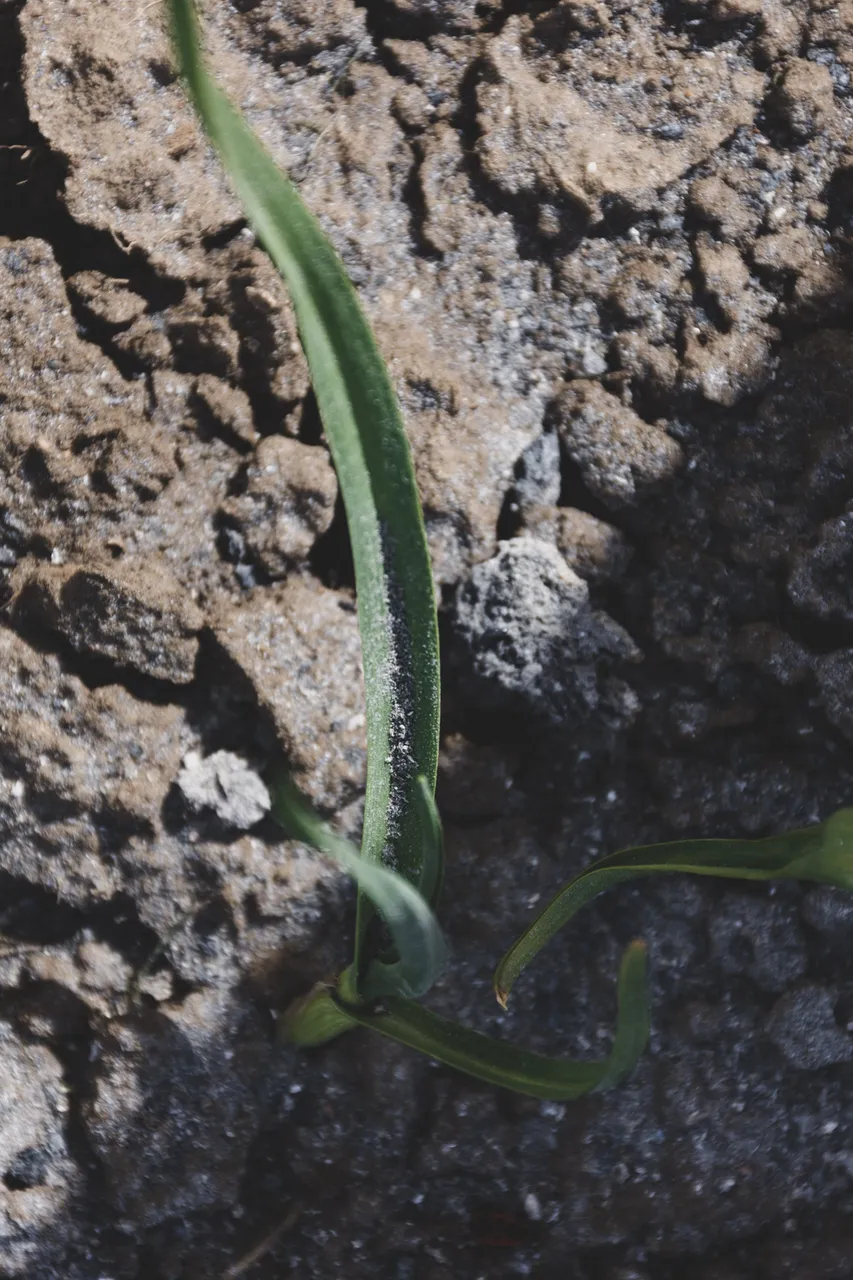
Ash can be used as a preventative step to scare off these bugs. You can, for example, spread it on all plants that need potassium once every 30 days. Another option is to spray with water and baking soda.
I still stand by the fact that I don't want to use any chemicals in the garden, only bio products.
@sunscape, this is an onion that was planted in December [survived the winter], so go for it!
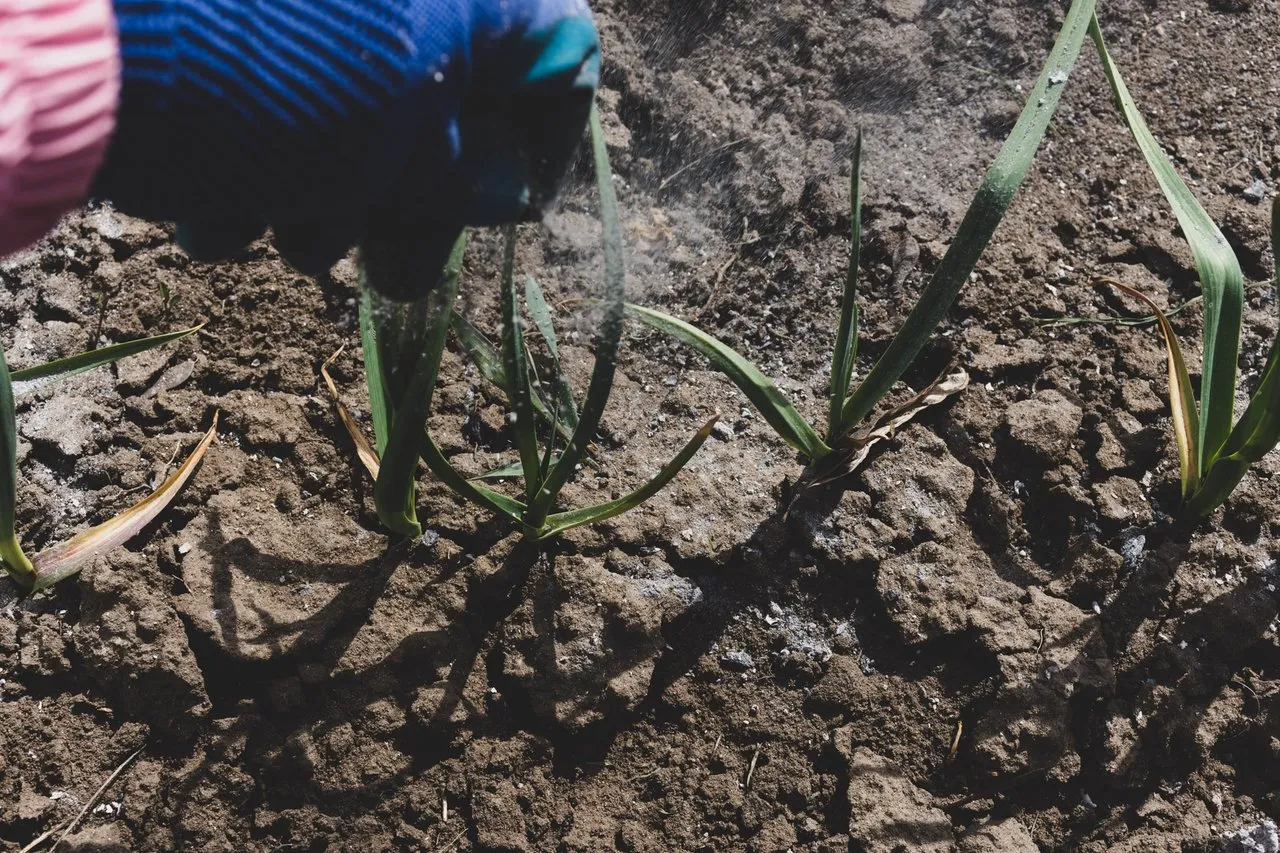
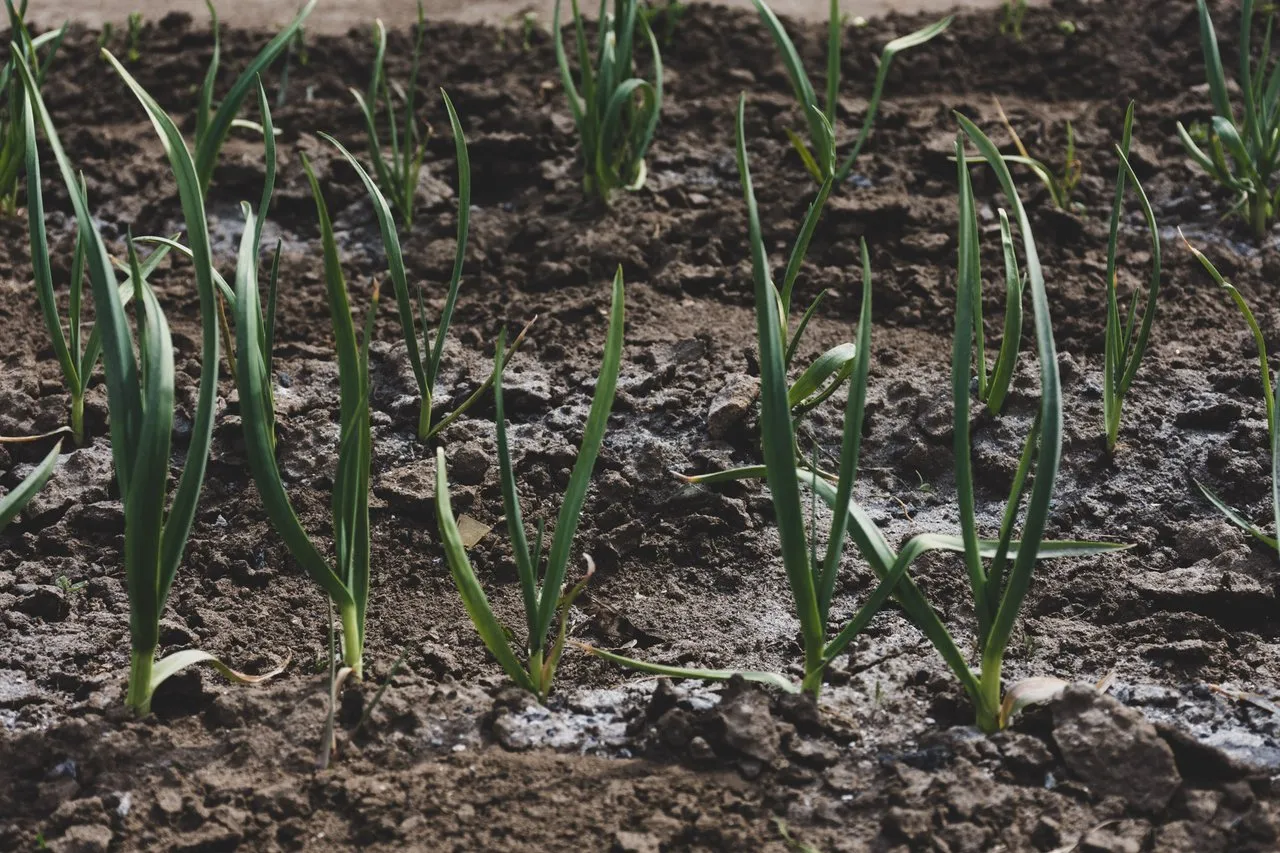
The only damage they have suffered is a couple of visible yellowed leafs, which I will trim these days. Although we planted in the fall quite late last year, the mild winter shocked everyone and little snow cover, which decreased the output of the autumn planting. As a result, I'm considering whether we should repeat the autumn planting this year.
Although it is very nice to taste fresh onions in early spring, we will see what the forecast says.

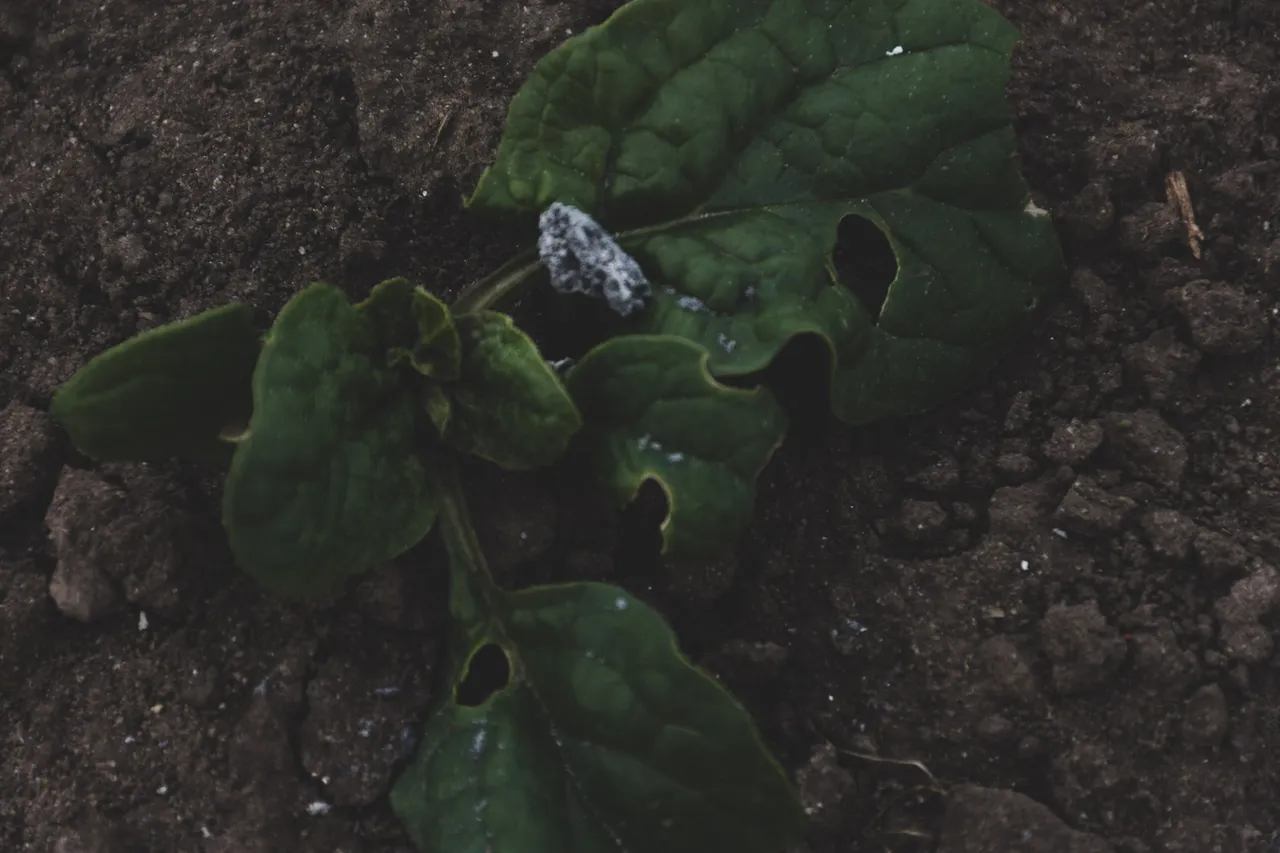
The onions are followed by spinach; these two plants complement each other ideally, and combined planting is highly recommended. I also sprinkled it with ashes, as well as the Swiss chard that we almost ate; it is currently in the no touching phase. But what worries me are the hollowed-out leaves that seem to me that someone has feasted on them - baking soda is coming soon.
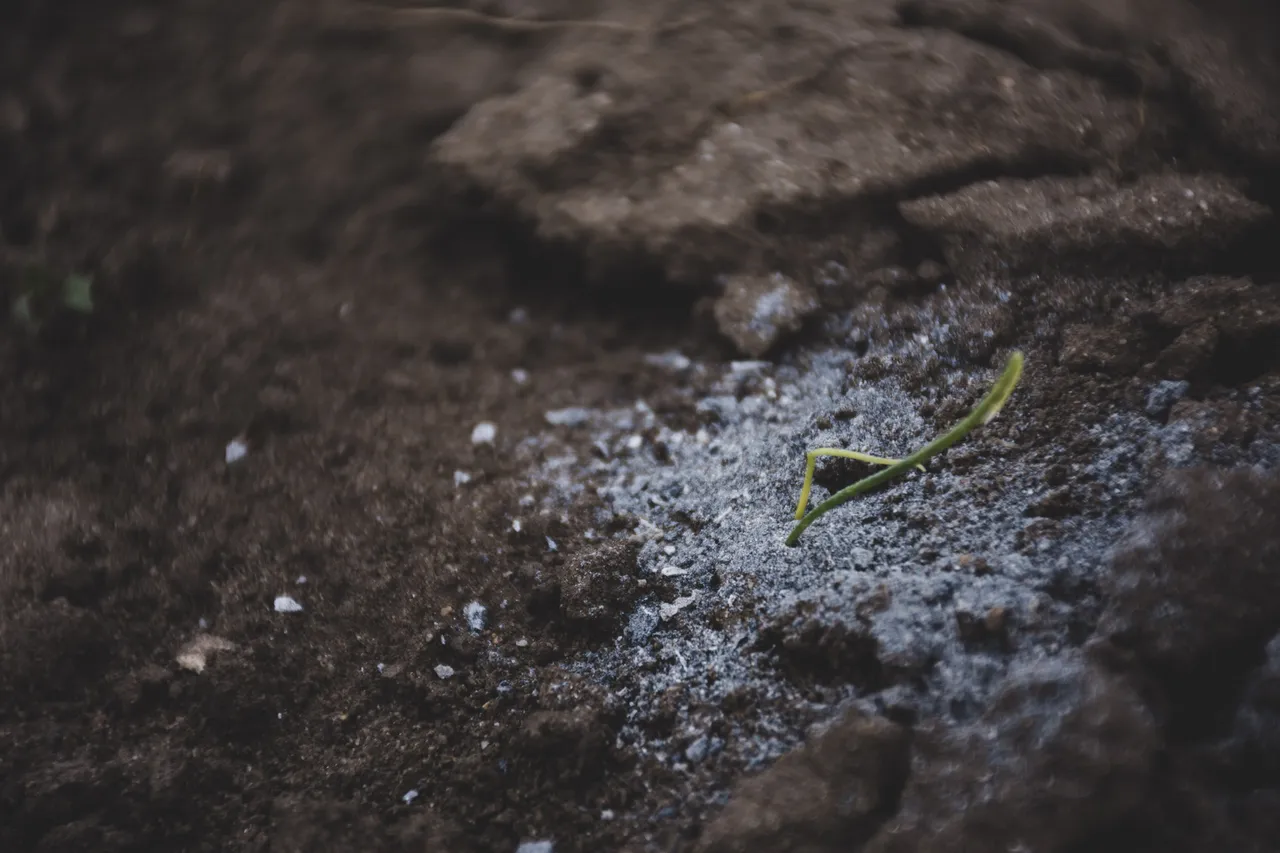
Does anyone recognize what this is? 🤣
Hard to guess, but I'll give you a chance. :p
I stubbornly planted it at the same time as the onion, only that the time was not right then, but here it is, fought its way out of its "piece" of sun.
[I'm proud of it]
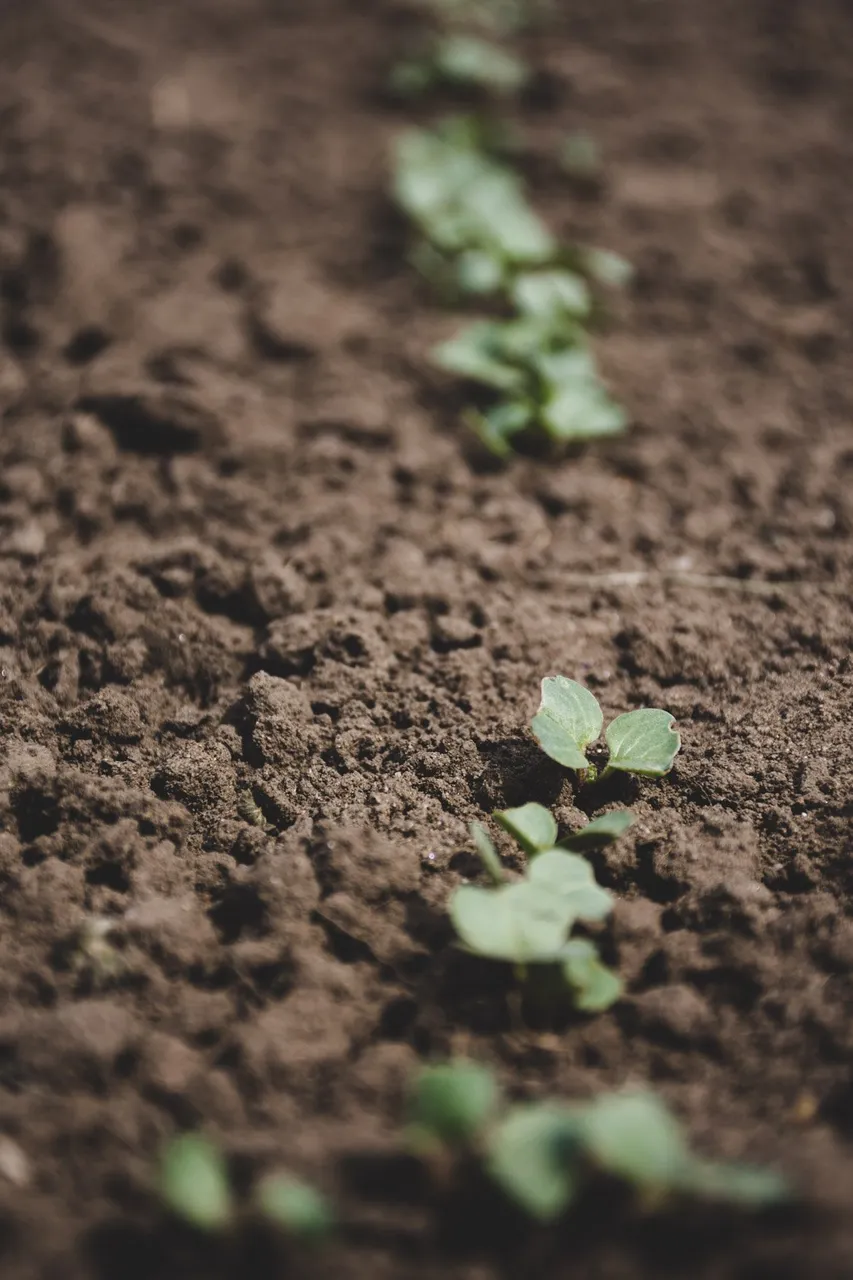
Radishes! They astonished me with how quickly they grow, the leaves are very visible and recognizable, and despite criticism that I put them too tightly, they will not miss anything as the soil is loose, and each of them will find its spot.
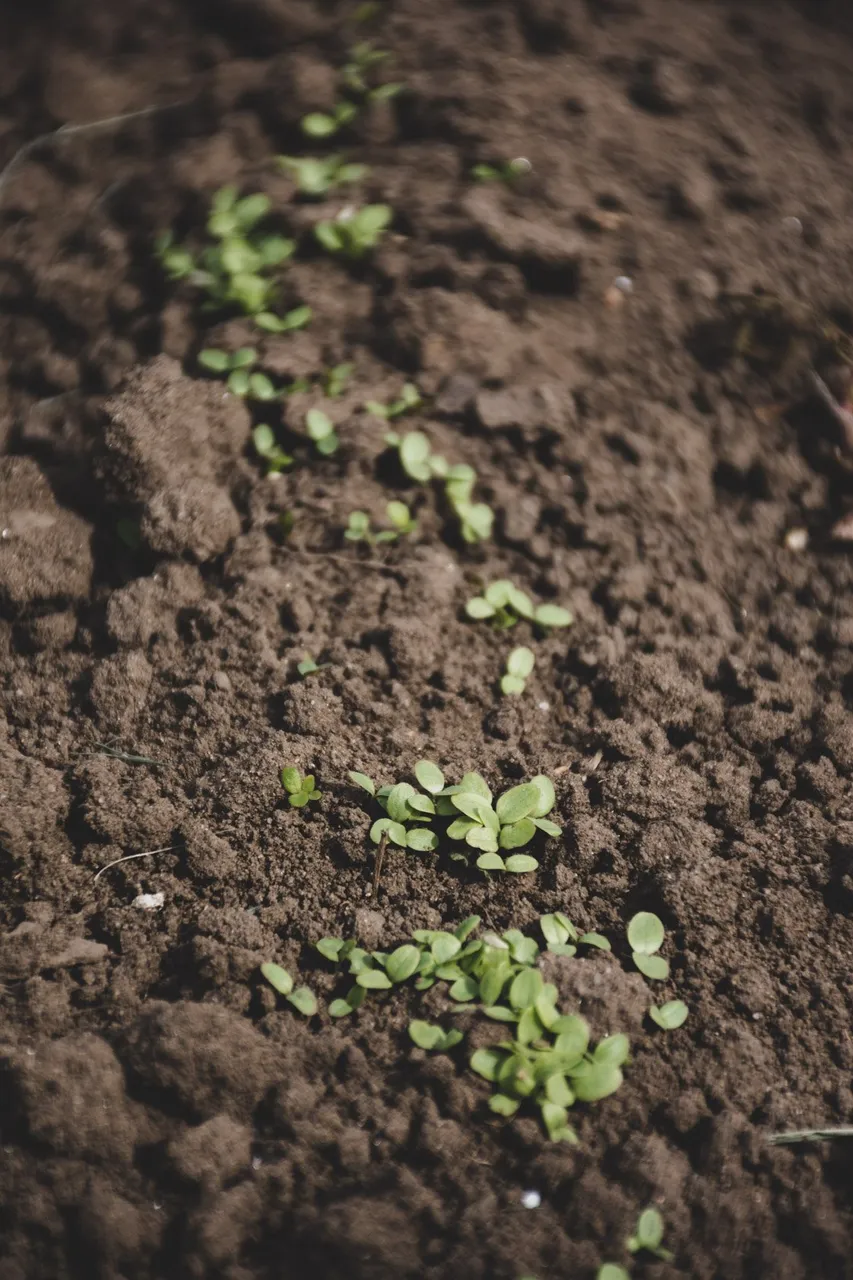

Lettuce is in their neighborhood and is progressing just as beautifully, another pair that goes perfectly together. It took it about two weeks to sprout in the garden, and a little less than a week in the raising bed, so we won't get all the salad at the same time which is a good thing.
We will do the same thing with radishes.
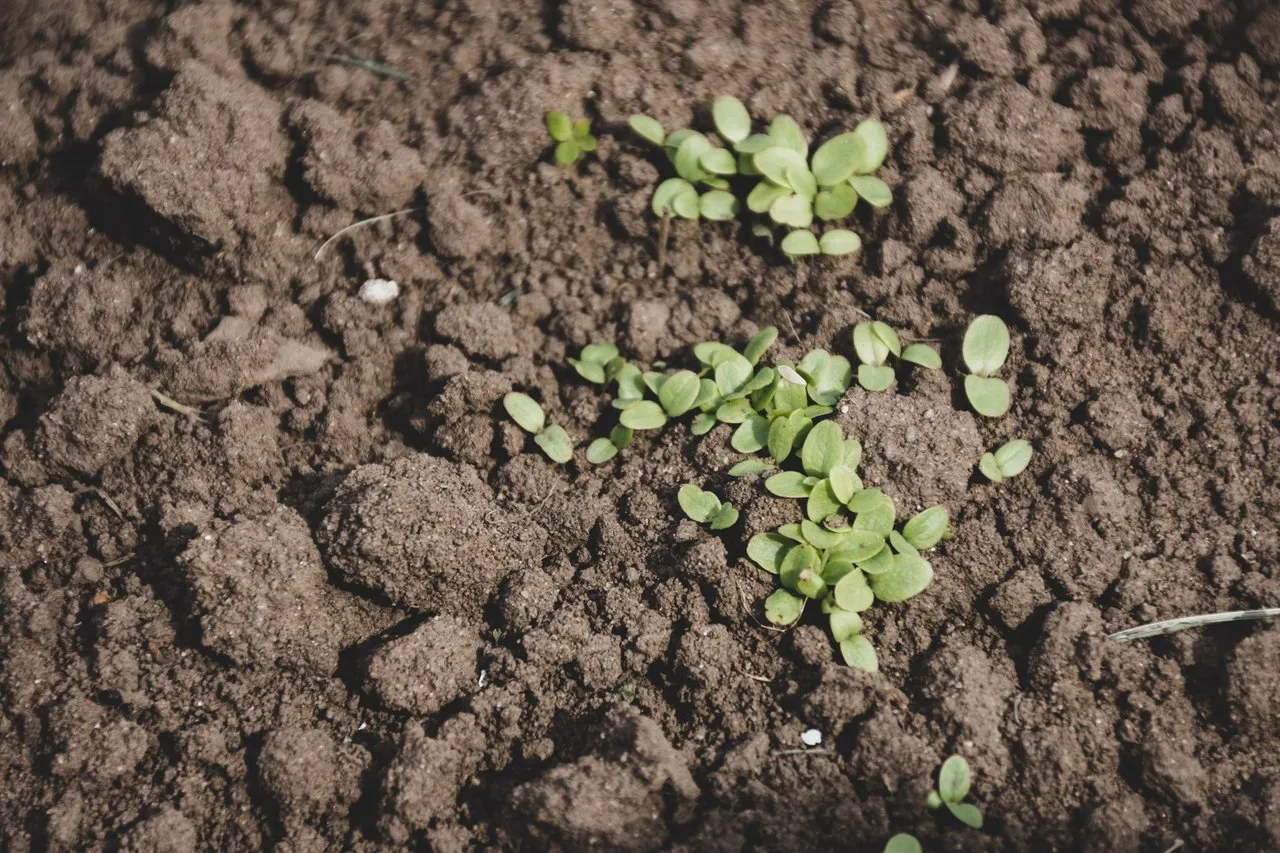
We can, for example, begin consuming while the leaves are still in an earlier stage, which will improve the flavor even more, because who wants to consume old and tough salad leaves?
Not me.
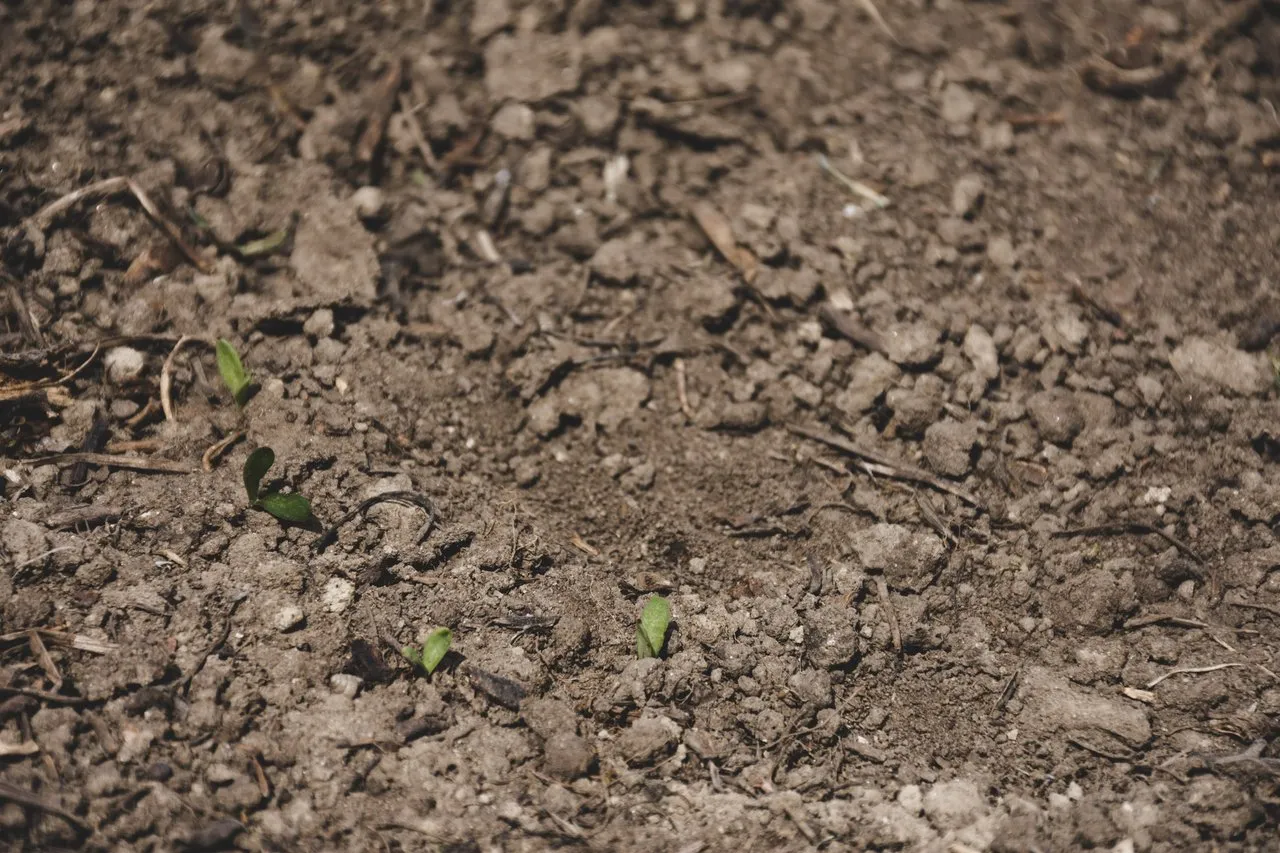
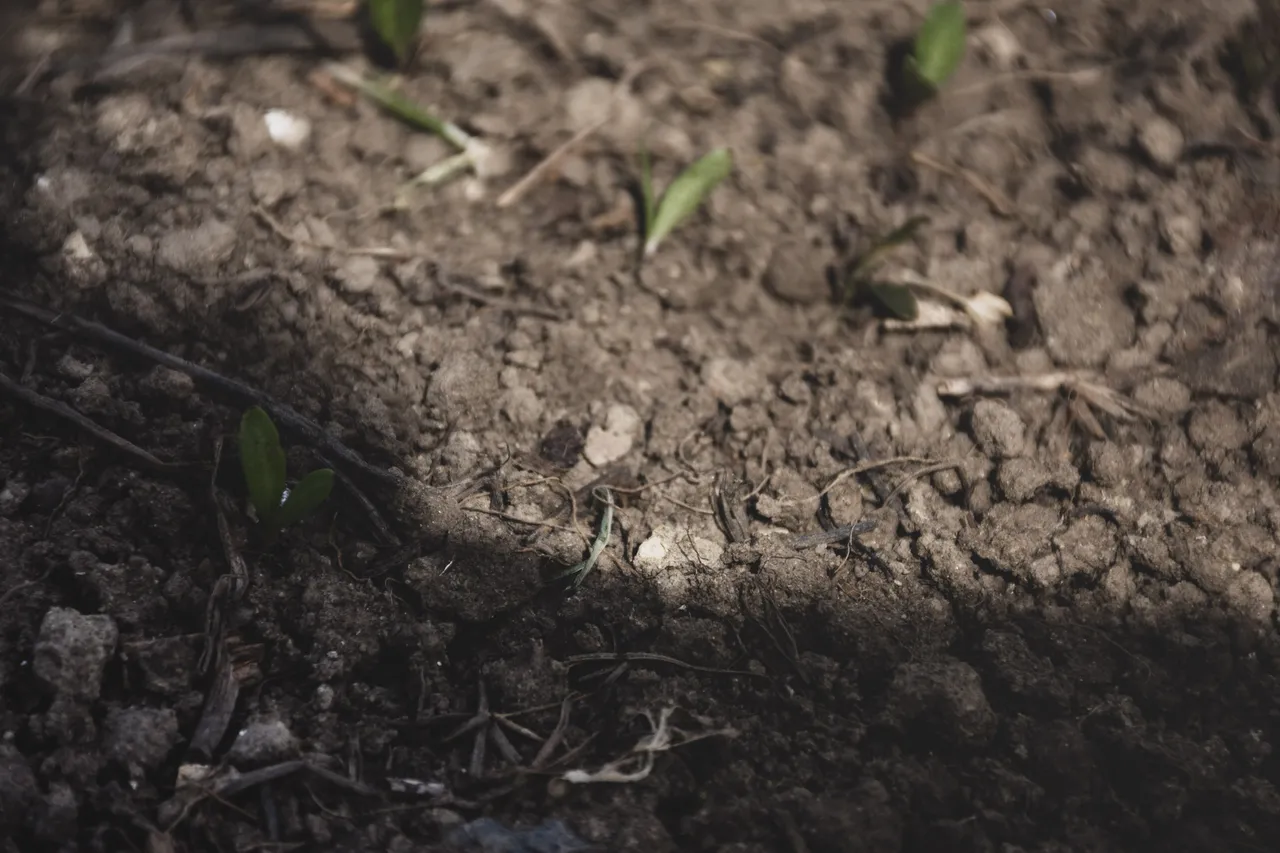
I am more than satisfied with that because I have to admit that the row of soil that I planted next to the onions was anything but soil prepared for planting.There were too many dry lumps that I later soaked in water and crumbled with my hands.
While the part in the aromatic garden was given perfect conditions, there is injustice in the plant world also.
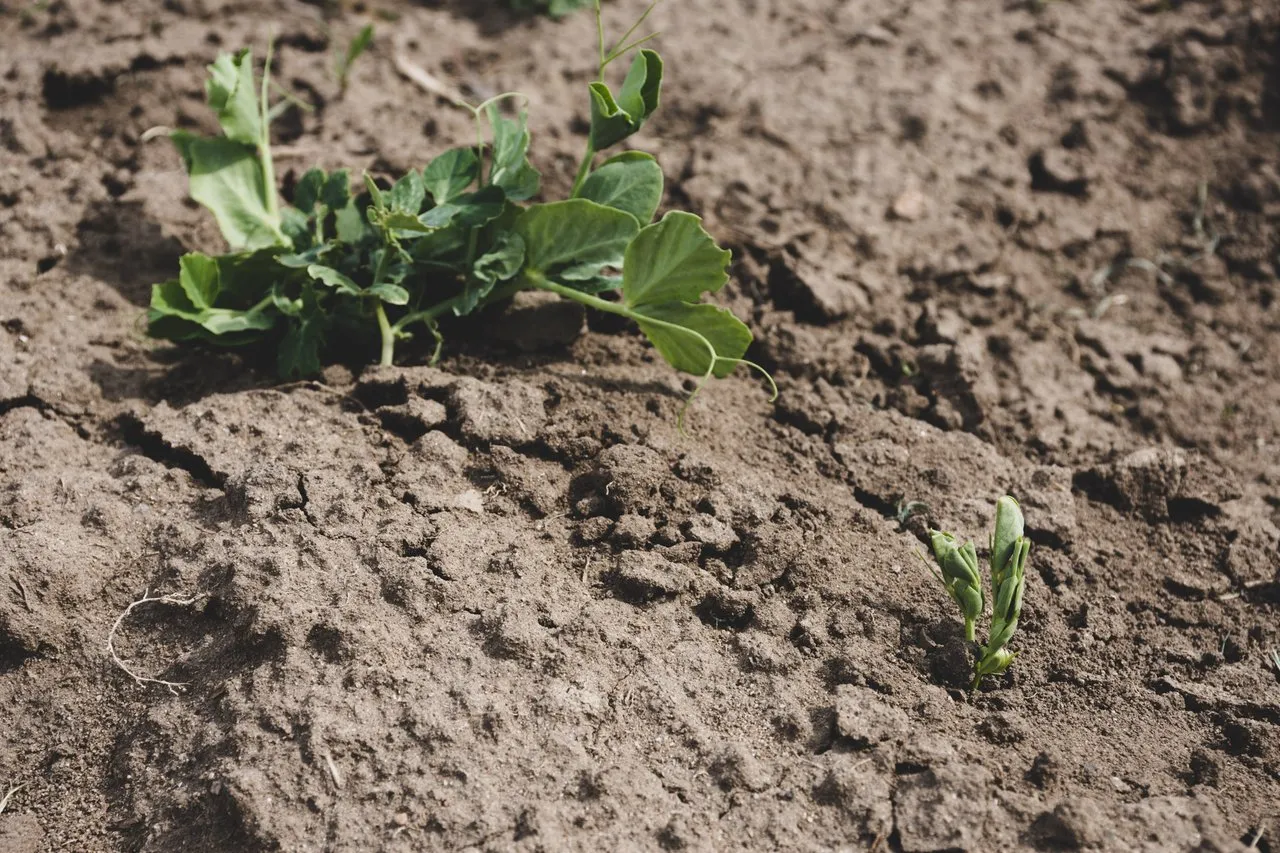
Peas, I must admit that we had some disagreements during the planting, but I listened to the other side and did what he thought should be done [admittedly wrong, but we learn from our mistakes], peas like crowds, and they love to have roommates, so never plant "single grain," but feel free to put more grains in one hole. Some seedlings couldn't handle the cold temps, so I filled in the gaps with more seeds.
Now big ones have an obligation to take care of the little ones. The pea grows into a bush, and the mustache in the photo is searching for an opportunity to climb.
Soon, we will place the ropes that will afford it.
What are the seedlings doing? Now we are heading off to kindergarten!
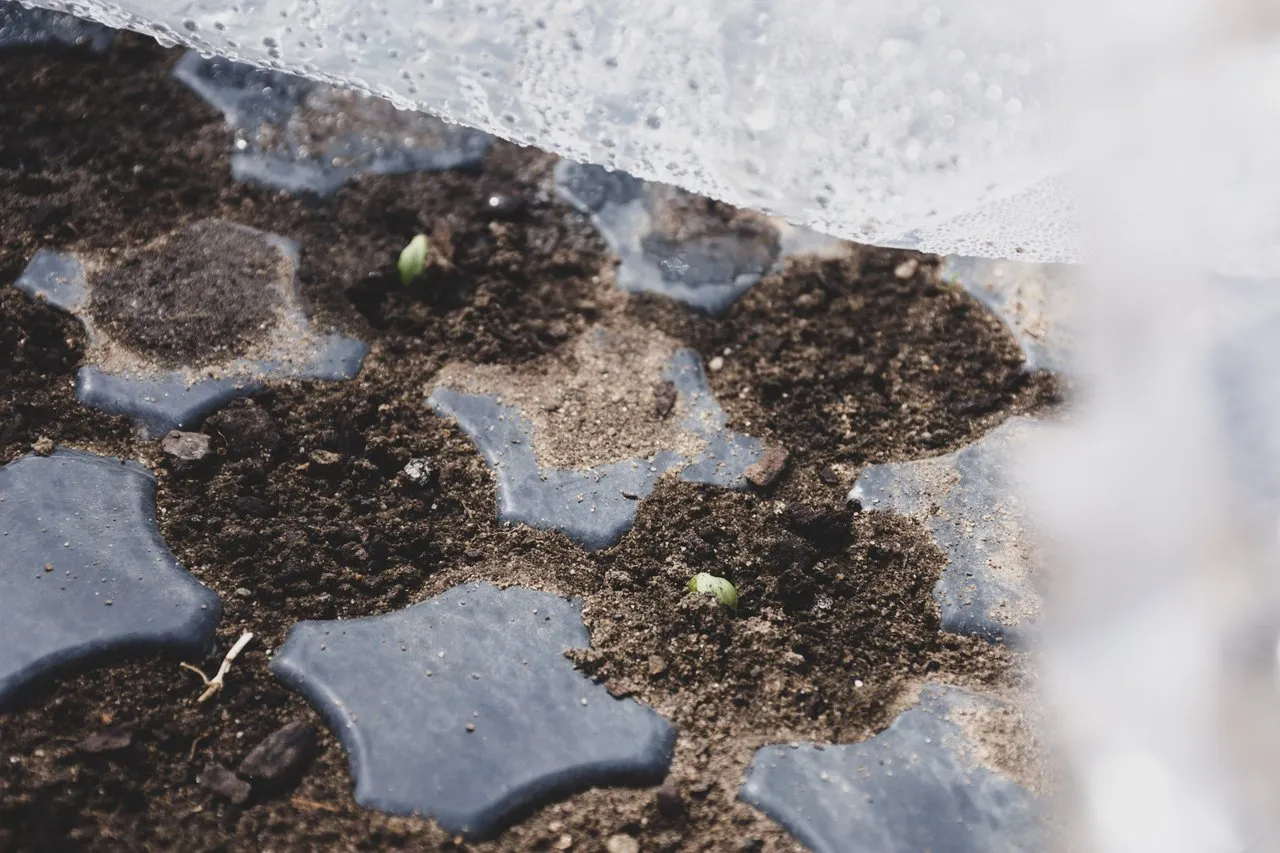
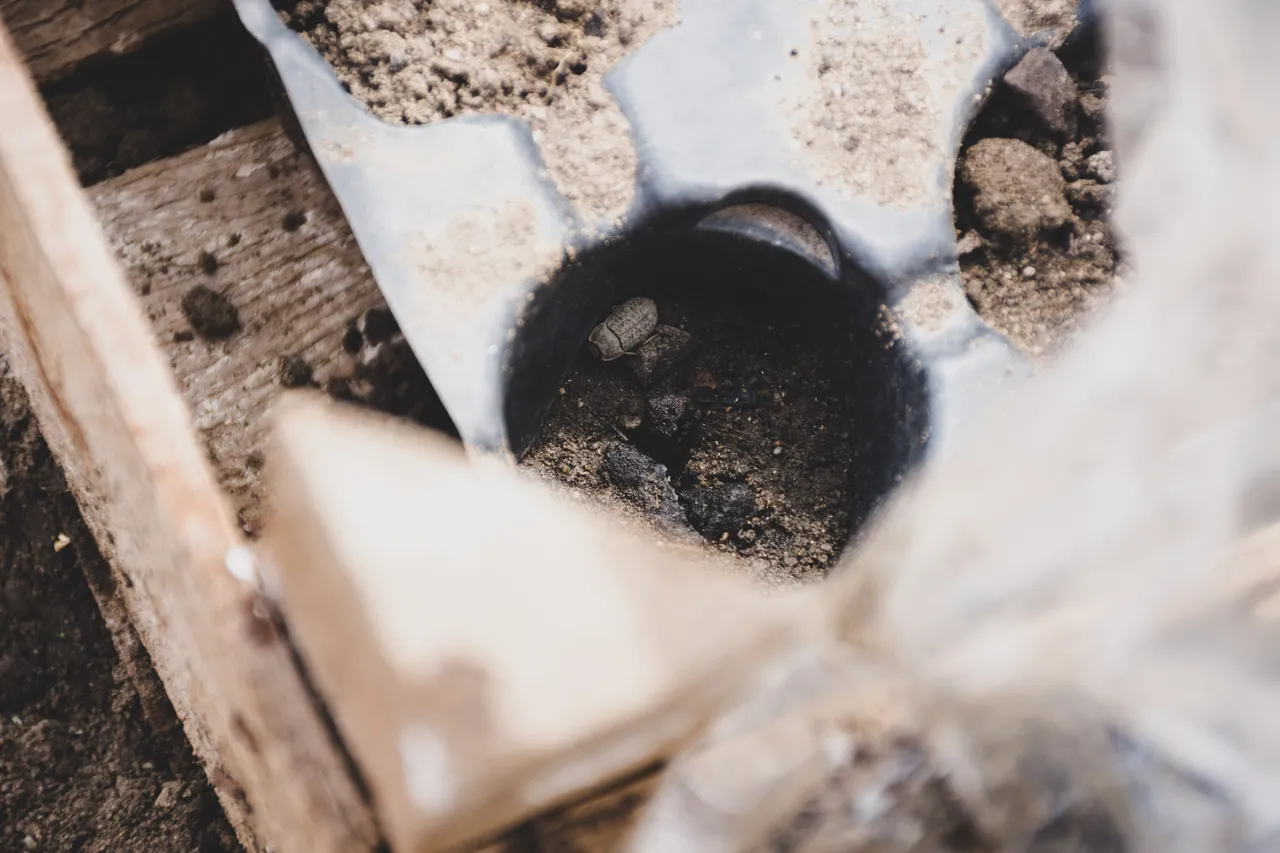
They took almost a month to germinate. When I last spoke to my mother, she had seeded her cucumbers and tomatoes much later than I had, and they were already sprouting.
Finally something happens after about twenty anxious days for me. Although it may seem absurd, I was very concerned that none of the 24 containers containing seedlings would grow. How unlucky must you be for that?
Look at these tiny creatures stuck into one of the empty containers. I was sure they had eaten the seeds, but they hadn't. They were the first to be blamed for. We moved the seedlings a few times, which caused to fall closer to the bottom [too big holes at the bottom]. On one occasion, I dug up each one and planted again closer to the surface; shortly after that, the first cucumbers and my wrongly spelled cherries tomatoes showed up.
[YAY]

Guess twice, who joined us after just a few days?
Zucchinis!
🙄
Yawned one, looks like literal awakening.
This germination method has proven to be really effective, and will certainly be practiced in the future.
More zucchinis will soon join us because I saw a tiny surface split in the other containers as well.
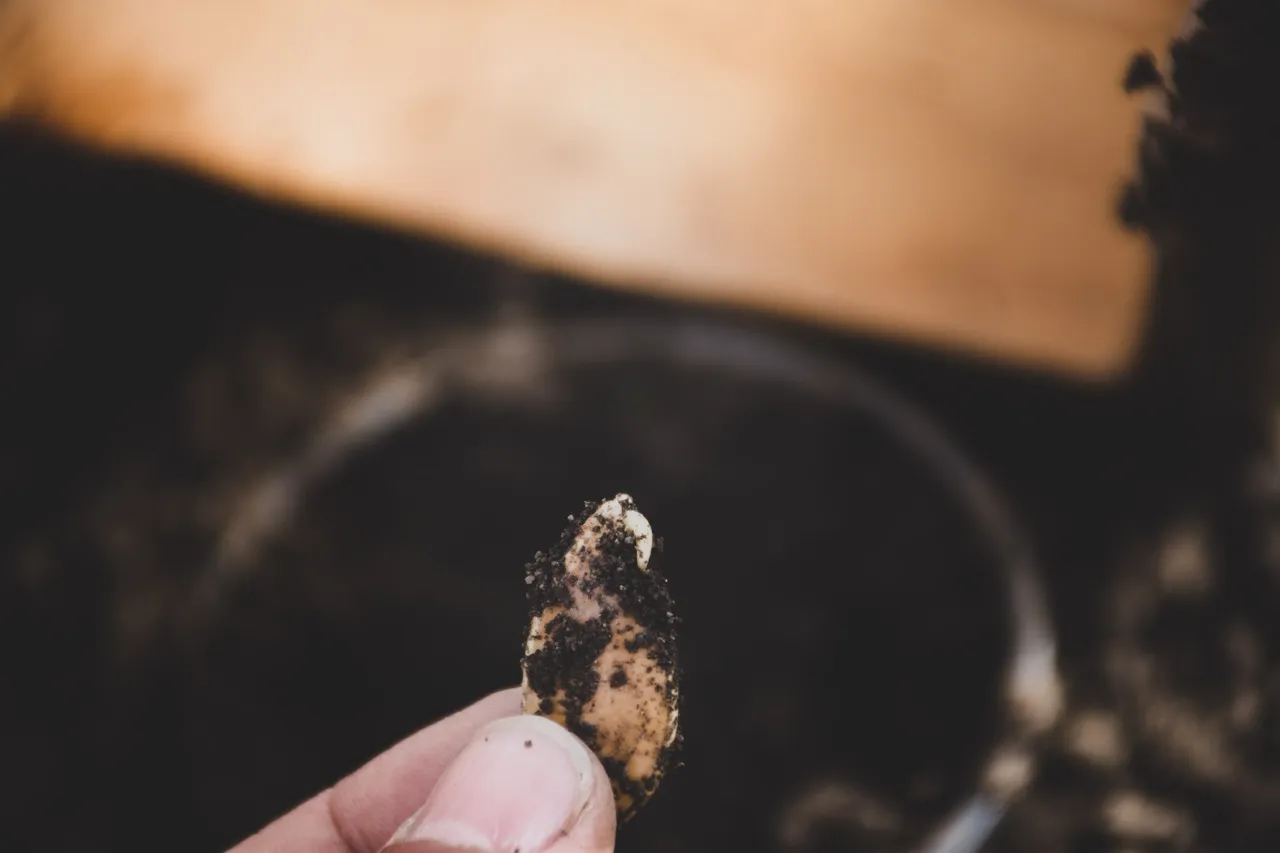
Couldn't stand it without rummaging through the pumpkins, to find out what was going on because I couldn't bear it otherwise.
They germinated! A tiny sprout just emerging from a seed.
The only mistake I made was not pre-soaking the seeds, as doing so speeds up sprouting and makes it simpler for seedlings to break through tough seeds.
I redeemed myself with regular watering and tucking in!
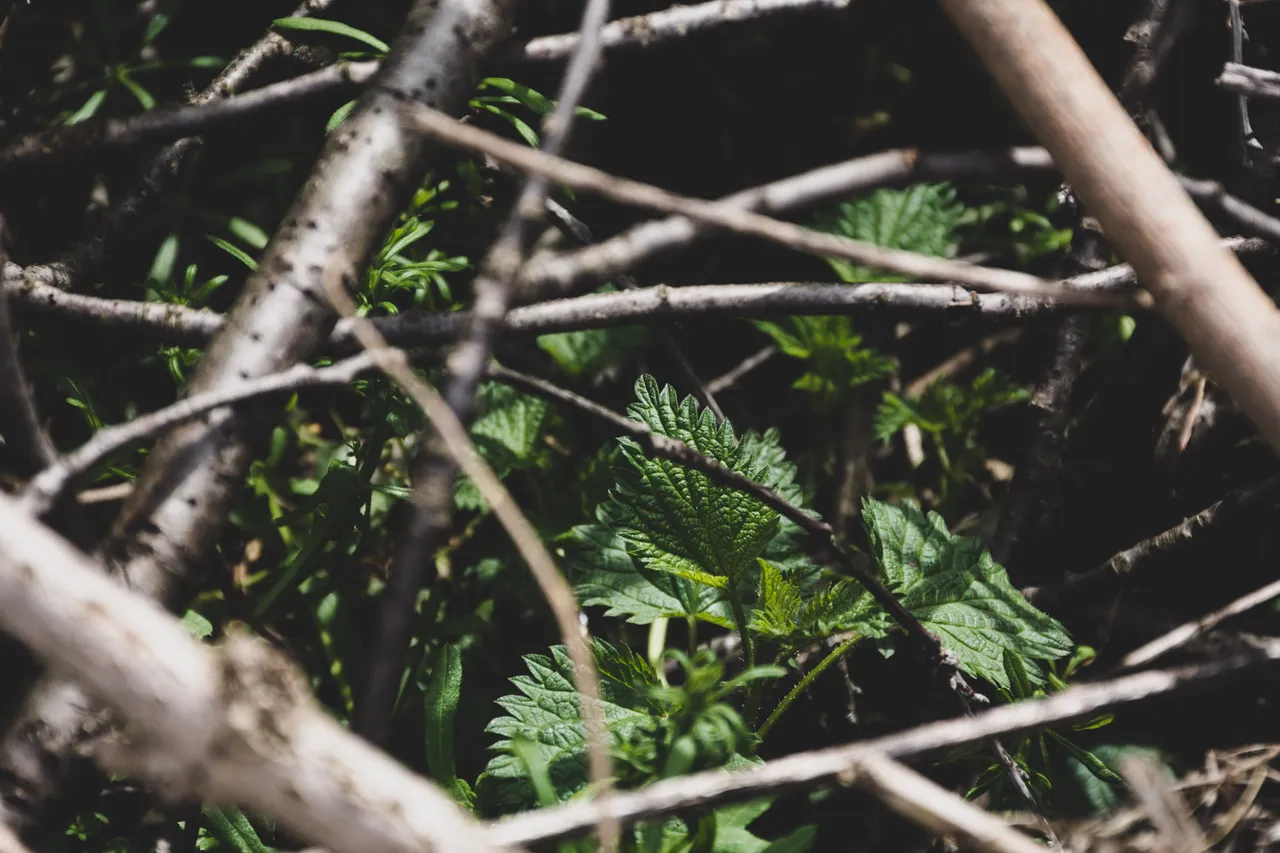
Nettles started to surround the property, as if sensing my impatience. Otherwise, nettles adore shady, moist areas, and I have the ideal masonry nook for them! I have selected a few additional plants to add to the aromatic garden. And these rotten branches behind which they hide are the future integral part of the raising bed.
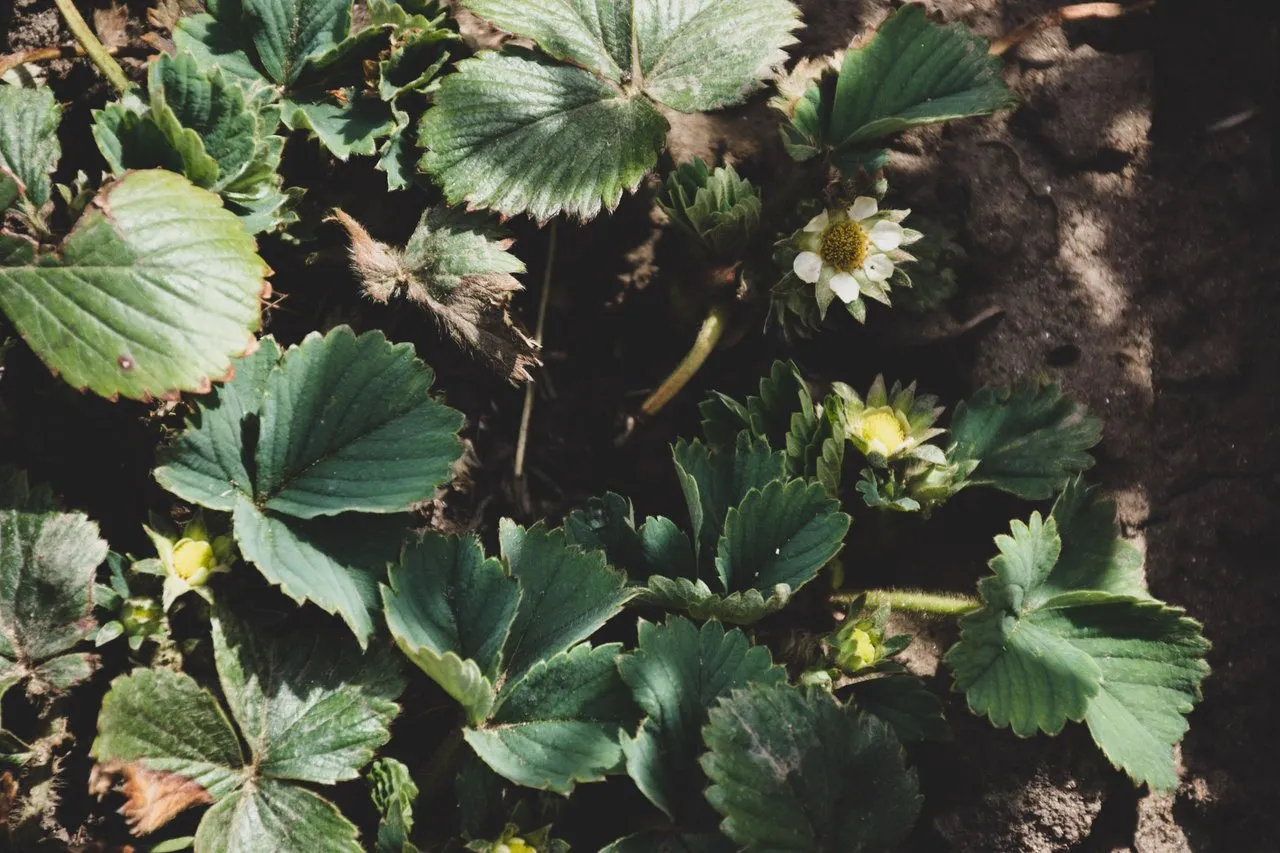

I save the sweetest for last, strawberries have blossomed, some of them. All of the seedlings remain alive, but the drying of the old leaf is visible, and I would be concerned if there are no young ones apparent that are growing beautifully.
I would say this is much more than a weekly garden journal, but it's not bad to remember from where we started and where are we now.
Thanks to everyone who follows our adventure!

